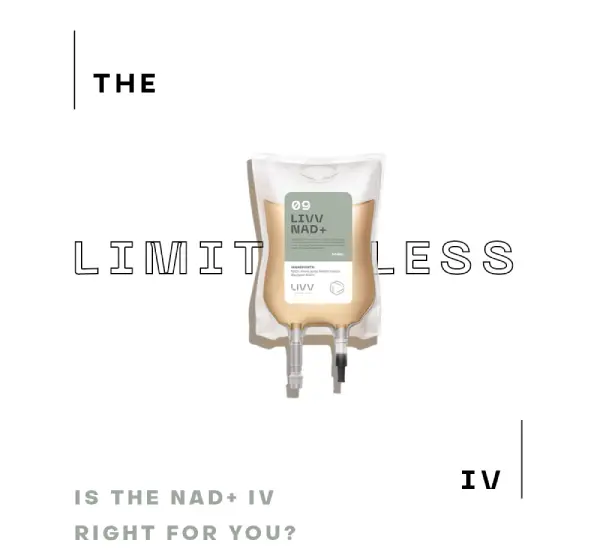Blog
Anti-Aging | Bio-hacking | The Cutting Edge Research and Top Health Trends

Anti-Aging | Bio-hacking | The Cutting Edge Research and Top Health Trends
In the age of healthcare consumerism, consumers are increasingly looking to separate the wellness ‘wheat’ from the ‘chaff,’ and more platform, cutting-edge research, and resources will help them do it.
Today’s patients are encouraged to have more capital at stake, more options to make decisions, and more knowledge about their health to consider. This holistic approach to healthcare is enabling patients to make better and more comprehensive decisions about their healthcare, and in return, are capable of optimizing their care.
Each year, such healthcare trends are witnessed owing to deeper conversations and research work across the provider, healthcare IT, medical device, biotechnology, pharmaceutical, consulting, insurance, and financial services industries.
Trends are also developed with support from teams of top-notch data scientists, who are constantly conducting advanced analytics on market trends and disease patterns through first-rate data and analytics intelligence.
For patients looking for cutting edge research and leading industry trends to optimize their health, this post looks at five top-of-the-mind trends that are shaping healthcare delivery today.
The Age of Healthcare Consumerism is Upon Us
The high altitude definition of healthcare consumerism tells us that this is a movement that advocates the patient’s involvement in their own healthcare decisions. It is a model shift from the doctor says – patient does paradigm to an approach that advocates a working partnership.
In other words, the goal of healthcare consumerism is to enable patients to become entirely involved in their healthcare decisions. This means closer doctor-patient cooperation and communication; preventative and healthy activities and habits; patient wellness and lifestyle awareness; and patient compliance and buy-in with treatment recommendations.
Clearly, these potentials can play an important role in fostering a positive relationship and enhancing health outcomes. As such, both consumers and care providers are encouraged to embrace this shift as we move towards care that endorses value rather than volume.
More Patients are Now Embracing Holistic Care
Consistent with the spirit of healthcare consumerism, recent trends now show that most patients today are embracing a holistic approach to their health. Characteristically, health has often been measured in numerous ways and normally broken down into a variety of numbers and diagnoses that don’t always provide the best picture of what a truly healthy body and mind should look like.
While there have been great strides in the industry, especially in terms of technologies, the approach to medicine has often looked at the body in terms of individual symptoms rather than the whole system as it really is.
The modernistic trend is challenging this approach by bringing in an all-inclusive paradigm in healthcare. Holistic medicine seeks to heal the whole person – body, mind, emotions, and spirit – as it aims to provide optimal health and wellness.
Practitioners who embrace holistic medicine argue that while the body is made of individual parts, it works together as a system, and when one part isn’t functioning well, the entire system is affected.
Based on this philosophy, holistic medicine incorporates a variety of complementary therapies such as Ozone therapy and high dose vitamin C shots that have been empirically proven to work, and like alternative medicine, it also places emphasis on prevention and wellness rather than just treating diseases.
One of the key practices in holistic medicine is naturopathy – a form of holistic medicine that combines modern treatment with traditional methods to offer optimal care. This practice focuses on the body’s ability to heal itself, a person’s responsibility to optimize health, and the significance of preventing healthcare problems.
It also focuses on the importance of nutrition, exercise, and stress management. Naturopathic doctors have been particularly helpful in addressing issues such as gut problems, aging, and mental problems using revolutionary methods like NAD+ IV therapy.
Telemedicine is Expanding
Telemedicine has expanded exponentially following the outbreak of the novel COVID-19 pandemic. This trend looks to expand even more in the coming years following accelerated technological advancement and the continued expansion of remote work as well as remote health opportunities.
This advancement is widely seen as a ‘pandemic benefit’ given that it has resulted in faster diagnoses and treatments over the internet, which has substantially increased the efficiency of care and reduced patient stress.
Remote patient monitoring as well as synchronous and asynchronous are the key modalities that have allowed healthcare practitioners to deliver care using the power of technology. For example, remote patient monitoring technologies have allowed faster direct transmission of patient’s clinical measurements from a distance.
Optimized patient portals that include store and forward technologies where images, messages, and data are collected at one point and interpreted and responded later have enhanced communication between patients and providers. Synchronous tools such as real-time telephone, tele-visits, and live video/audio interactions are now progressively becoming part of future medicine.
Patients are Focusing on Quantified Wellness
Using the power of technology and science, patients who are looking to optimize their health can be able to analyze their wellbeing and bio-hack progress using data as a feedback loop. If you are keen on trends, you will notice that biohacking has become more available on a mass scale than ever before.
Consumers can today collect and use valuable information obtained from psychology, saliva, urine, gut microbiome, hormones, and biology-based labs. You can easily monitor your testosterone today as you did five years ago.
Data obtained from technology and science can also accurately inform you of your growth hormones and other peptides. When it comes to wearable, people are now more aware of their breathing rate, heart variability, glucose, and more to keep their health optimized at all times.
Gene Editing is Enabling New Breakthroughs
Gene editing and genomics are enabling scientific experts to influence specific traits that are inherited by new living cells when new cells are created through the division of existing cells. Through this manipulation, scientists have already been able to create new treatment procedures for deadly diseases, including cancers and heart diseases.
The advancements and breakthroughs seen in this medicine will likely lead to greater accomplishments in forms of treatment categorized under ‘precision medicine.’ This is where medication and treatment will be customized to match the genetic profile of individual persons to make them more effective.


